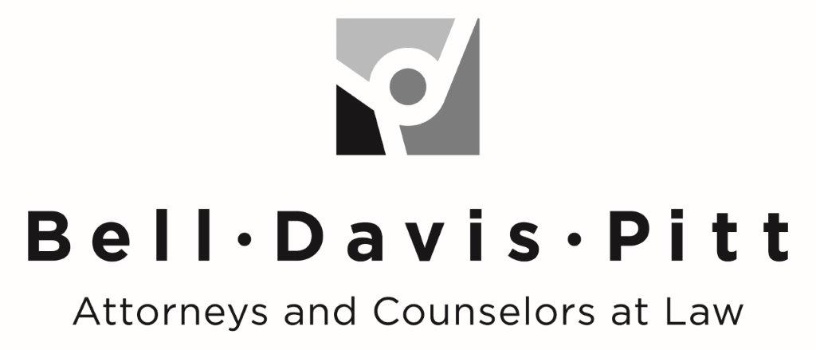Construction material prices may fluctuate substantially during the course of a project. In fact, the cost of lumber is now more than twice the price a year ago, according to a recent Wall Street Journal article. With the right contract clauses in place, general contractors can seek to protect against and address price increases between the time of bidding/proposing/contracting and the purchase of materials.
Generally speaking, a contractor bears the risk of price increases in materials that occur between the time of contracting and the time of purchase. Price escalation may be more of a concern with certain materials, such as copper, steel, and framing, that are more frequently subject to price volatility and shifting market conditions — for example, production and supply disruptions in a pandemic.
There are ways to mitigate those risks, some practical and some contractual.
Price Escalation Clauses in Construction Contracts
The contractual way to mitigate the risk of unexpected price increases is through price escalation clauses. Different types of escalation clauses include:
-
Invoice method: Detail of materials and prices subject to potential escalation are included in the contract. Pre-contract quotes, proposals, etc. from the subcontractor and supplier substantiate the baseline price and then are compared against actual cost when the materials are purchased for installation.
- Index method: Parties agree upon a price index, such as the Turner Building Cost Index, to be utilized in identifying price increases during construction.
- Combination of invoice/index: Parties agree upon prices for certain materials based upon the contractor’s estimate, and then compare actual costs against the estimate.
- Threshold: Prices must increase beyond an agreed-upon threshold (e.g., 5%) to justify an increase. With this clause, there needs to be an agreement on how to determine the increase, such the above invoice or index method.
- Delay: Prices increase if material purchases do not occur by a stated date. Again, it is necessary to set a method for determining the increase.
At the proposal and contract negotiation time, contractors should identify materials with price volatility concerns, consider timing of procurement, and address these concerns with the owner and the subcontractor/supplier. If possible, all parties should agree upon the circumstances upon which the right to a price adjustment will exist. (Notably, the American Institute of Architects (AIA)® Owner/Contractor agreements do not contain escalation clauses.)
Options Beyond Price Escalation Clauses
For the general contractor that opts not to go the route of comprehensive and detailed price escalation clauses in construction contracts, there are alternatives. General contractors should consider the details and circumstances of each project, as well as whether more specific or tailored provisions are more prudent than the general language described below. Examples of alternative documentation include:
Proposal Letter to Owner
- The proposed sum above is valid for thirty (30) days and is based on prices of materials and equipment in effect as of the date of this letter. The proposed sum is subject to increase because of tariffs, epidemics, import duties, trade policies, or market conditions.
Exclusions to Owner in the Description of the Scope of Work
- Increases in costs of materials that result from tariffs, epidemics, import duties, trade policy, or related market conditions are not included. Such increases shall be added to the contract sum via change order.
New Section in Contract
- The Contract sum is based on prices of materials in effect as of the date of the Agreement. The Contract sum shall be equitably adjusted if tariffs, import duties, trade policy, epidemics, or related impacts or market conditions result in substantial inequity to Contractor, a Subcontractor, or Sub-subcontractor.
Another option:
Fixing Costs as Soon as Possible
A typical practical way to mitigate risks is to fix costs as soon as possible — by promptly binding subcontractors once the price with the owner is fixed. However, this may result in other tasks and matters to address, such as pre-ordering of certain materials, storage costs, increased pay applications earlier in the project, etc.
General contractors also should review subcontractor proposals and supplier purchase orders for language regarding price increases, deadlines for acceptance, deadlines for ordering materials, etc. A general contractor that does not have price escalation protection in its contract with an owner must make sure it is not at risk for price increases from a subcontractor.
Do not incorporate a proposal, purchase order or other terms and conditions as a Subcontract Document if such have price escalation clauses or are otherwise objectionable.
Price fluctuation is a reality, but it does not have to be a burden to a general contractor who is prepared and protected.





0 Comments